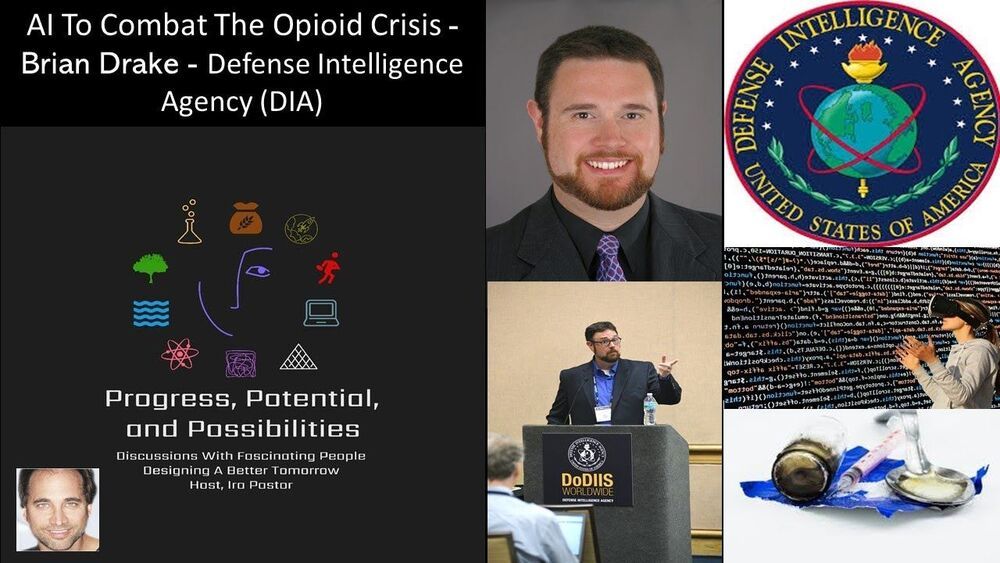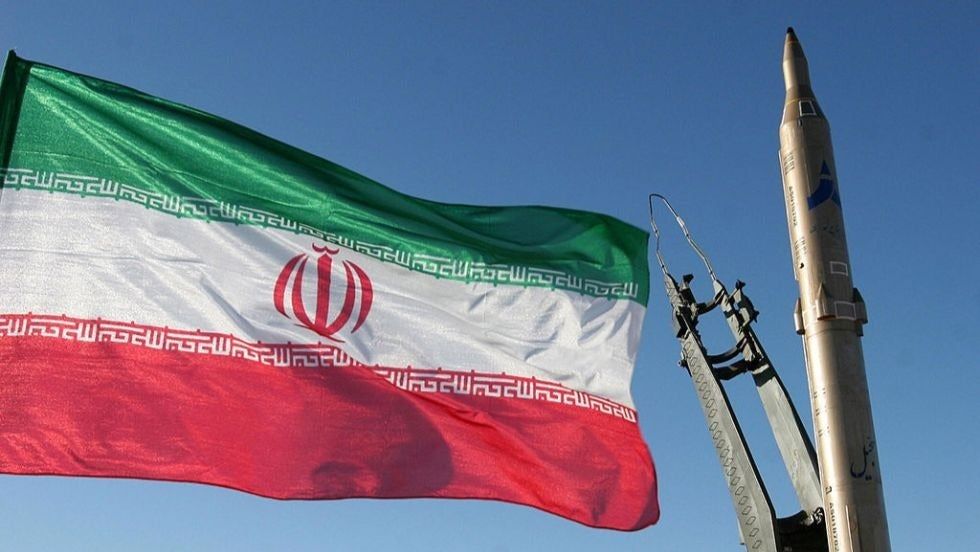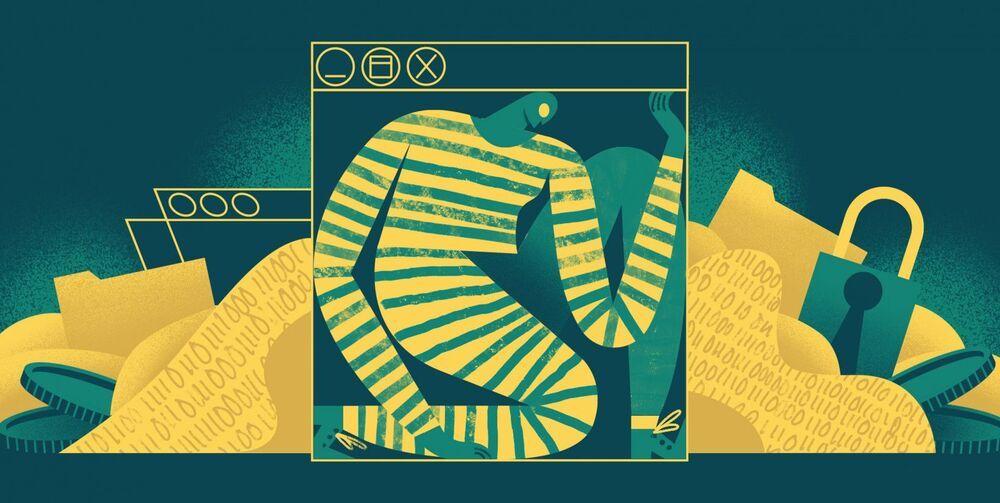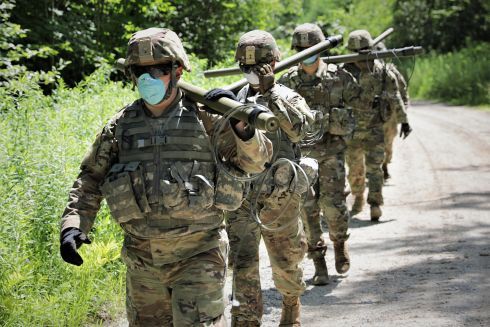Today we are going to discuss the topic drug enforcement from a very interesting technological angle.
Brian Drake, is the Director of Artificial Intelligence for the Defense Intelligence Agency’s (DIA) Directorate of Science and Technology. Mr. Drake works with the DIA’s Future Capabilities and Innovation Office, and he also leads an initiative to test the effectiveness of different applications of artificial intelligence at solving various mission problems, including using AI to combat the opioid crisis with a DIA program known as SABLE SPEAR.
Previous to this role Brian was a Senior Intelligence Analyst and Branch Chief in the DIA’s Americas and Transregional Threats Center (ATTC) and prior to joining ATTC, Mr. Drake was a Management Analyst with DIA’s Chief of Staff.
For DIA’s intelligence analysis mission, he has worked worldwide targets in narcotics, emerging and disruptive technologies, and weapons of mass destruction.
Mr. Drake was stationed in the Pentagon as an Intelligence Briefer in the Executive Support Office, served on the Information Review Task Force, and has led several interagency technical and counterterrorism intelligence teams.
Prior to his time in DIA, Mr. Drake was a management consultant at Deloitte and Toffler Associates where he served commercial clients in various industries and government clients at the ODNI, FBI, CIA, NSA, and the US State Department.









